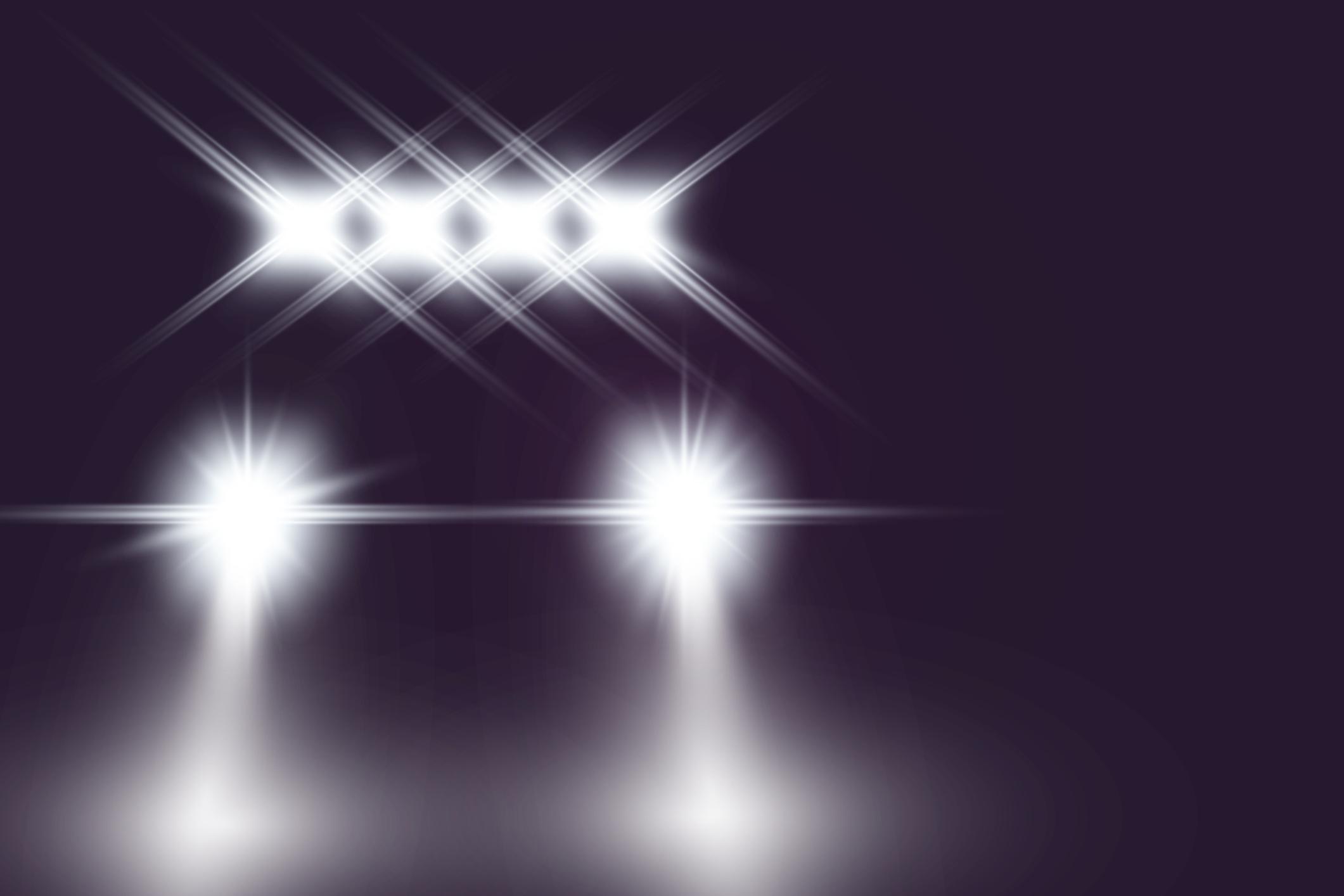

- Ref # CAB00242
- May 30, 2024
Does Using Spotlights or High Beams Amount to Restricting a Contact’s Movement?
FROM THE CLASSROOM
By Ray Hill
Professor Emeritus, Santa Rosa Junior College
Illuminating the Contact Scene
A former student of mine had a 1538 motion where the public defender centered questioning on the use of high beams, spotlight and “take down” lights during a contact. The defense argued that “over illumination” objectively restrained the person’s freedom of movement. The contact occurred in the upper reaches of a Guerneville canyon, which at night is like working on the dark side of the moon. As it ended up, the individual was carrying a hammer in his belt, had warrants, and a search revealed meth and a smoking pipe.
The judge dismissed the motion to suppress.
A reminder of the case law in this area:
The California Supreme Court has approved the use of high beams and a spotlight during a contact. The decision takes precedence over previous DCA decisions that questioned whether spotlighting and its use would objectively restrain a person’s freedom of movement.
A San Joaquin County sheriff’s deputy pulled behind a legally parked vehicle on a Stockton residential street in an area known for narcotics sales. Three occupants were seated in the car, the windows were partially down and smoke was emanating from the window openings. The officer parked his patrol car 15 to 20 feet behind the vehicle, did not block the vehicle in any manner, illuminated the scene only with the patrol car high beams and spotlight for “extra visibility,” exited the car and approached the vehicle at a normal pace. Within several feet of the vehicle, the deputy could smell the odor of burning cannabis emanating from the vehicle interior. When illuminating the rear seat area with his flashlight, the deputy observed one large bag and two smaller bags containing a green, leafy substance. While talking with the defendant, a partially burned, hand-rolled joint was observed on the center console. The defendant was determined to be on probation with a search clause. A person and vehicle search located 24 ounces of cannabis, 75 hydrocodone pills, and $1,904 in cash. The court ruled that under the “totality of circumstances,” the use of the patrol car high beams and spotlight, coupled with a normal foot approach, with no orders or demands issued, is not considered a detention under the Fourth Amendment. Using a spotlight or high beams is to be considered along with other factors to show that there was a further exercise of police authority to rise to the level of detention (Peo. v. Tacardon, (2022) 14 Cal. 5th 235).
However, in another case, the “totality” of spotlighting, an abrupt U-turn and parking, a “brisk approach” up to three to five feet of the defendant and “first out” language being “I want to confirm your identification,” turned a potential contact into a premature detention without reasonable suspicion of criminal activity. Under these circumstances, a reasonable person would not feel free to leave (Peo. v. Garry (2007) 156 Cal. App. 1100).
A suggestion for future nighttime contacts and use of patrol car illumination: It’s all about semantics. I would not use the words “take down” lights in your report or testimony. It has kind of an ominous sound. Merriam-Webster Dictionary defines these words “as to move someone to a lower position,” “bring down,” “get down,” “to become seized or attacked.” The defense is going to use these words against you in arguing that, by definition, this is an action intended to restrain a person’s freedom of movement.
In the fire service, we use the term “scene lights” for the 360-degree nighttime illumination on our apparatus. With reference to law enforcement work, these words are “softer language” that fit nicely into the direction given in the Tacardon decision.
Recognition to Sonoma County Sheriff’s Office deputy James Blount. He did a “first rate” job of remembering his “ABCs” (Always, Be, Cool) during a contact. Plus, his body-worn camera footage proved in court that he did nothing to objectively restrain a person’s freedom of movement until probable cause to arrest developed.
Stay Safe,
RH







